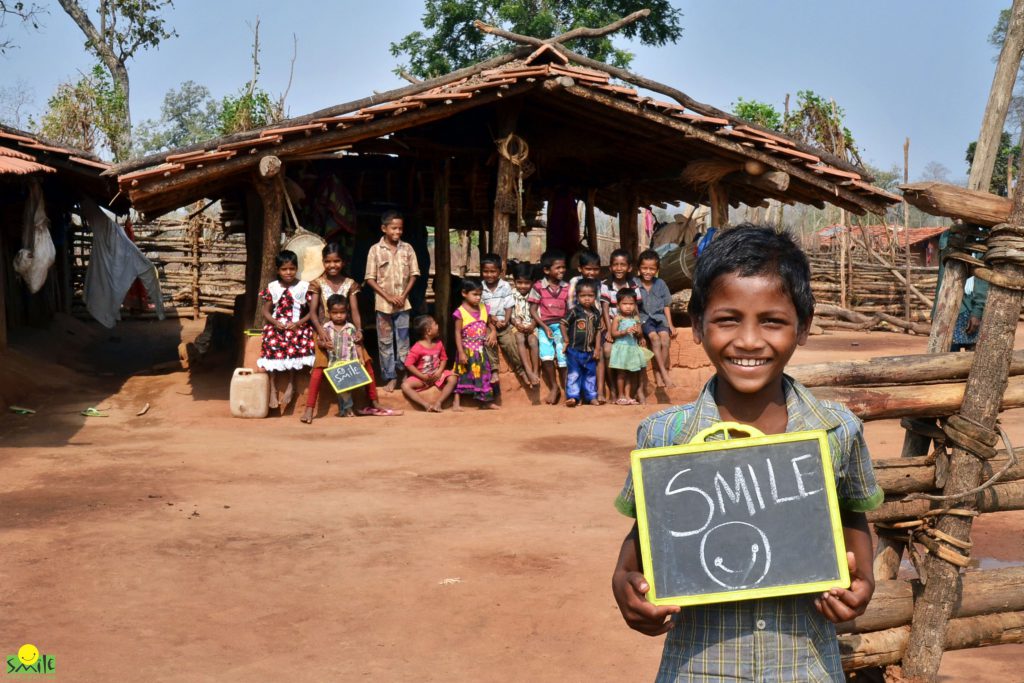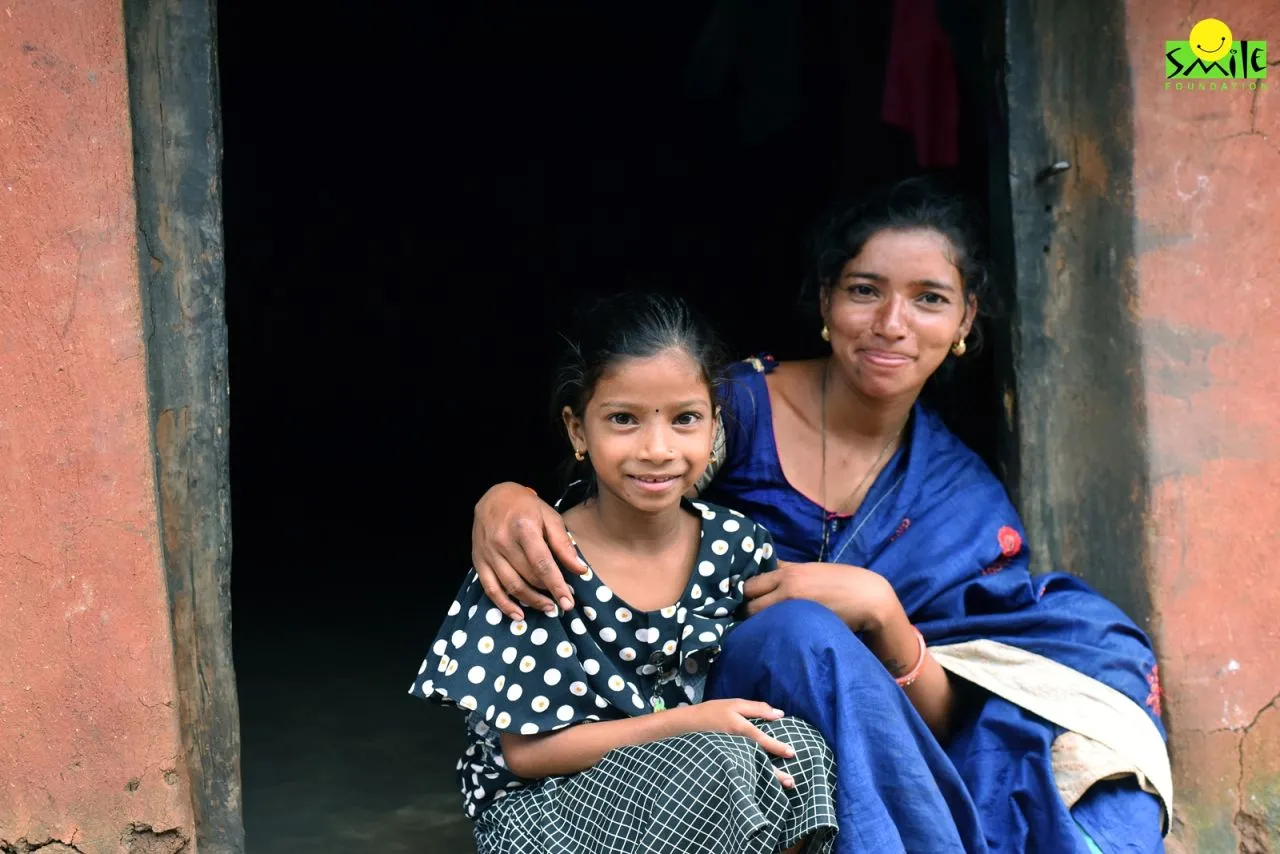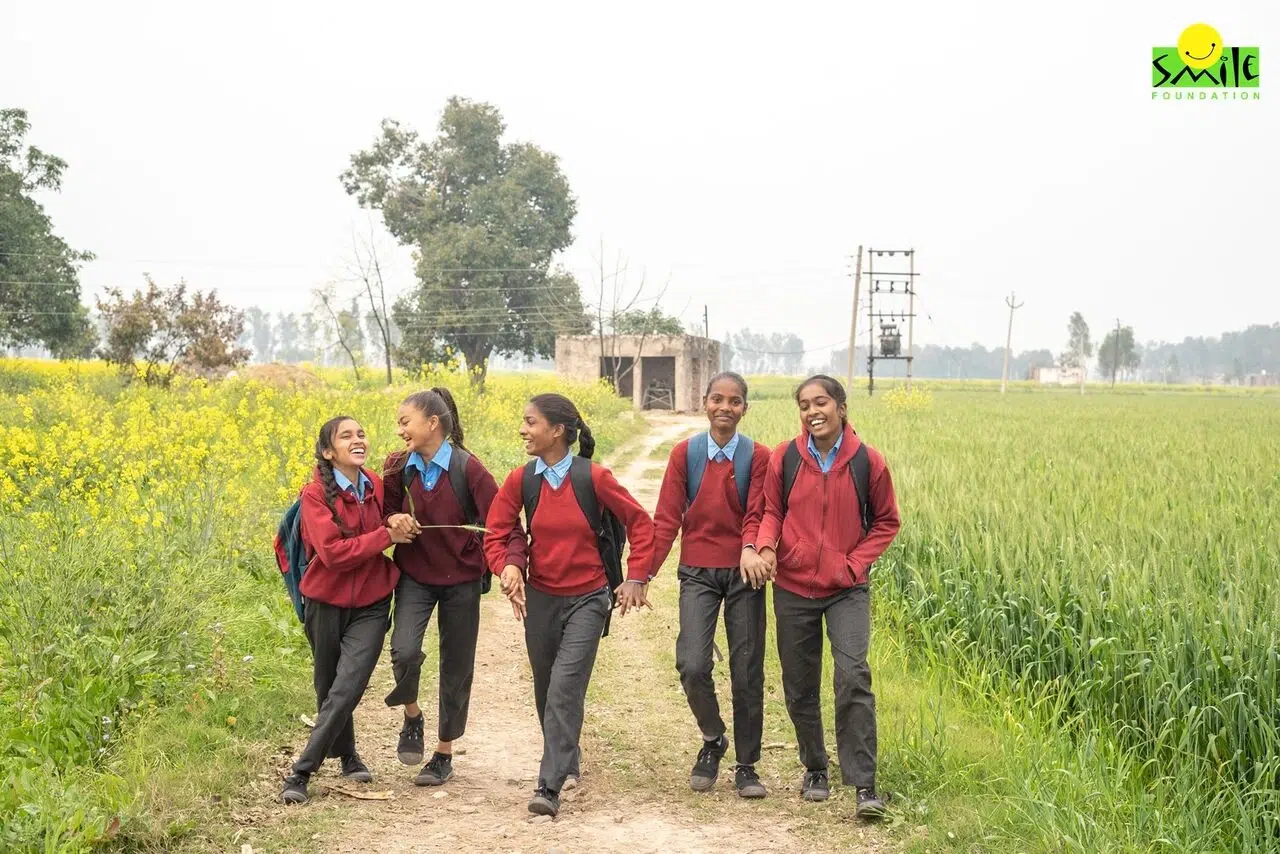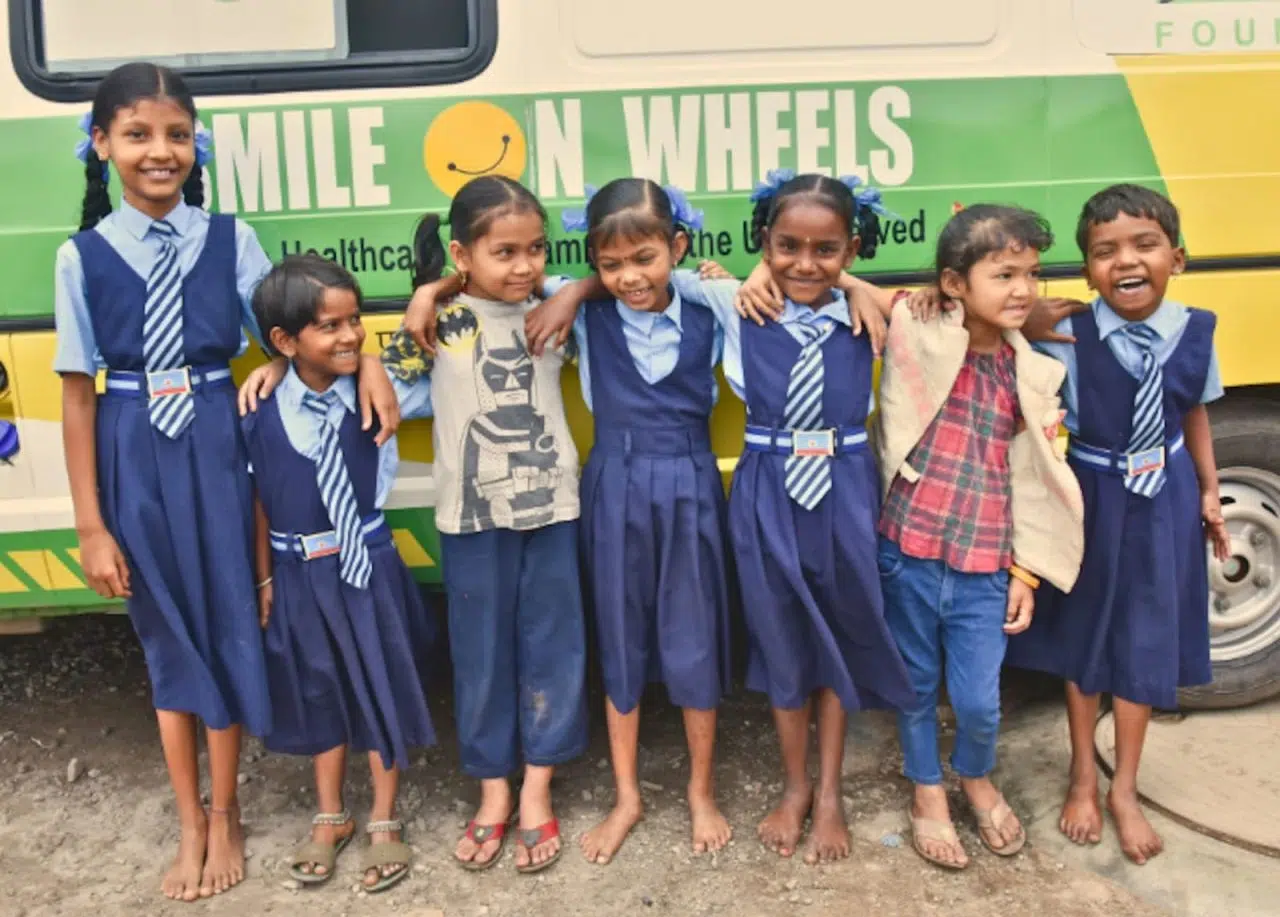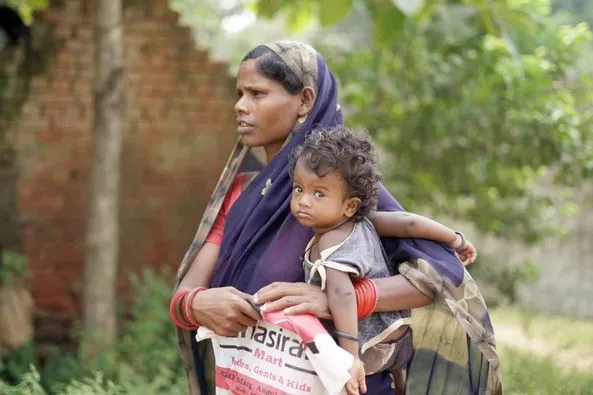Gender stereotyping, deeply ingrained in societies worldwide, has long been recognized as a barrier to gender equality and societal progress. From limiting the career opportunities of women to shaping societal expectations of men and women, these stereotypes have far-reaching consequences that affect both boys and girls. In India, where cultural norms often dictate gender roles and expectations, the impact of gender stereotyping is particularly pronounced, hindering the advancement of women in professional, political, and social spheres.
Globally, gender stereotyping has historically played a significant role in restricting women access to education and professional opportunities. For centuries, traditional gender roles dictated that men are the breadwinners and decision-makers, while women relegated to domestic roles. This societal expectation has made it challenging for women to enter male-dominated professions and leadership positions. Moreover, gender stereotypes have perpetuated the belief that women are less capable than men in certain fields, further marginalizing them in the workforce.
How is India placed in all this?
In India, despite significant progress in recent decades, gender stereotyping continues to impede women’s advancement in various sectors. In politics, women remain vastly underrepresented, constituting only a small fraction of elected representatives at the national and state levels. Similarly, in the corporate world, women continue to face barriers to leadership positions, with boardrooms dominated by men. These disparities reflect deep-rooted gender biases that perpetuate the notion that women are inherently less suited for leadership roles.
Moreover, gender stereotyping extends beyond professional settings and influences social interactions and expectations. From childhood, boys and girls are often subjected to different sets of rules and expectations based on their gender. Boys are encouraged to be assertive, ambitious, and dominant, while girls are taught to be nurturing, submissive, and domestic. These stereotypes not only limit individual potential but also reinforce harmful gender norms that perpetuate inequality.
Is India taking some constructive step?
The launch of the Combating Gender Stereotypes handbook by the Supreme Court of India marks a coveted moment in the ongoing battle for gender equality. Acknowledging the pervasive influence of archaic language and patriarchal norms within legal discourse, the handbook signifies a crucial step towards dismantling entrenched biases. Through alternative gender-just terminology and a call to challenge outdated perceptions, the handbook serves as a practical tool to empower judges and legal practitioners to foster a more inclusive and equitable legal system.
However, while the handbook represents a significant stride forward, it is merely the beginning of a much-needed cultural shift. Beyond legal frameworks, efforts to combat gender stereotypes must extend to all facets of society, including education, media, and social norms. By fostering self-awareness, conducting sensitization programs, and advocating for systemic change, we can collectively work towards creating a world where gender equality is not just an aspiration but a fundamental reality.
Interventions: 360 Degrees
To address the pervasive impact of gender stereotyping, it is essential to challenge these norms at every level of society. One approach is to promote gender-sensitive education that encourages critical thinking and challenges traditional gender roles. By integrating gender equality into school curricula and promoting inclusive teaching practices, educators can help students recognize and challenge gender stereotypes from a young age.
Additionally, fostering open and inclusive discussions about gender within families and communities can help break down stereotypes and promote gender equality. Parents and caregivers play a crucial role in shaping children attitudes and beliefs about gender, and by modeling egalitarian behaviors and challenging gender norms, they can help create a more equitable society.
Furthermore, creating opportunities for girls and boys to engage in activities traditionally associated with the opposite gender can help challenge stereotypes and promote inclusivity. Whether through extracurricular activities, community programs, or sports, providing children with opportunities to explore diverse interests and roles can help break down gender barriers and foster mutual respect and understanding.
In the workplace, organizations can implement policies and practices that promote gender diversity and inclusion, such as gender-neutral hiring processes, mentorship programs for women, and flexible work arrangements. By creating a supportive and inclusive work environment, companies can empower women to thrive and advance in their careers, ultimately contributing to a more equitable society.
Ultimately, combating gender stereotyping requires collective action and commitment from individuals, communities, and institutions. By challenging traditional gender norms, promoting gender equality, and fostering inclusive environments, we can create a world where boys and girls are free to pursue their passions and aspirations without fear of discrimination or prejudice. Together, we can break down the barriers of gender stereotyping and build a more just and equitable future for all.



